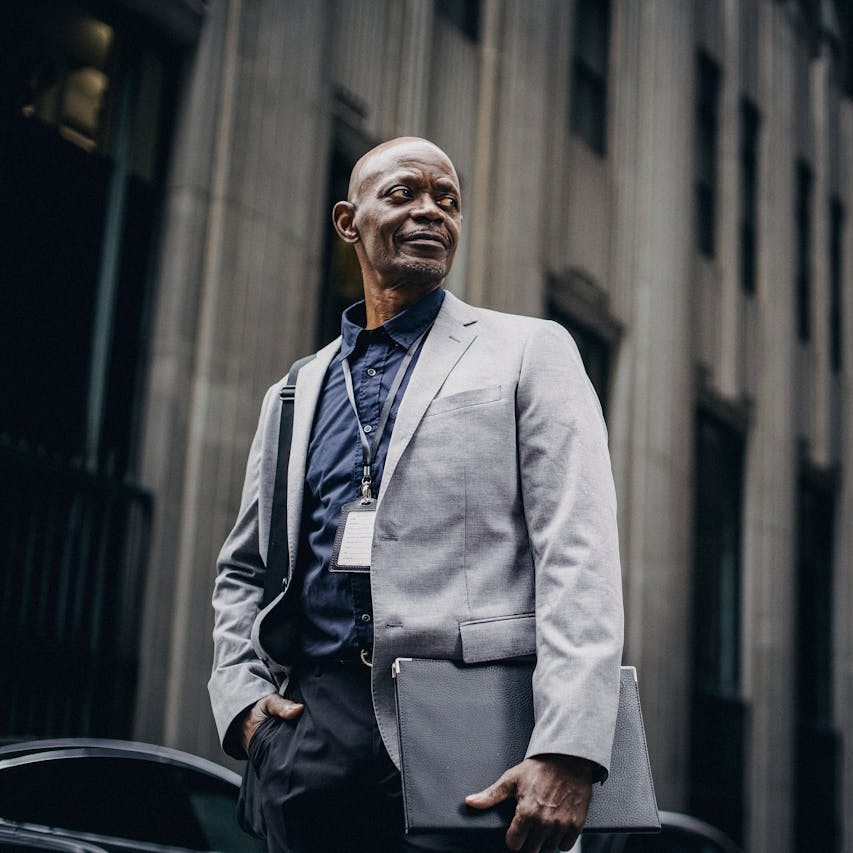Key Takeaways
-
Several updates in 2025 affect how your FERS benefits are calculated, including proposals that may reduce your annuity if locality pay is excluded from the high-3 average.
-
Changes to Medicare and PSHB integration mean timing your retirement and Medicare enrollment correctly is more important than ever.
Understanding the FERS System in 2025
If you’re a public sector employee under the Federal Employees Retirement System (FERS), retiring in 2025 or soon after requires a fresh look at your benefits. FERS includes three main components:
-
The Basic Benefit Plan (monthly pension)
-
- Also Read: Postal Employees, Big Changes Are Coming to Your Benefits in 2025—Here’s What You Need to Watch Out For
- Also Read: Military Buyback Programs Explained: Here’s How Federal Employees Can Use Them to Boost Their Pensions
- Also Read: Joining Civilian and Military Benefits—Why It’s the Best Move You’ll Make for Retirement
-
The Thrift Savings Plan (TSP)
You contribute to all three throughout your federal career. However, recent legislative updates and policy shifts in 2025 mean that your retirement outlook under FERS may look different than it did even a year ago. That’s why it’s essential to understand what’s new before you submit your retirement paperwork.
1. Potential Exclusion of Locality Pay from High-3 Calculation
One of the most significant legislative proposals introduced in 2025 involves removing locality pay from your “high-3” salary calculation. Your high-3 is the average of your highest-paid consecutive 36 months, and it’s the foundation for your FERS annuity.
What This Means for You
-
If the bill passes, your annuity could be lower than expected.
-
Employees in high-cost areas stand to lose the most since locality pay makes up a larger share of their income.
This change hasn’t been finalized yet, but it’s under serious consideration. You should closely monitor this legislation and consider how it might affect your retirement timing.
2. Medicare Enrollment Requirements Tied to PSHB Plans
With the Postal Service Health Benefits (PSHB) program now replacing FEHB for USPS retirees, Medicare Part B enrollment has become a mandatory condition for keeping PSHB coverage for many retirees. Although this currently applies to postal retirees, similar policies may extend to other federal retirees in the future.
Key Points to Know
-
If you’re Medicare-eligible and under PSHB, you may need to enroll in Part B to maintain your benefits.
-
Those who retired on or before January 1, 2025, are generally exempt.
-
Enrollment timing matters: delays could mean gaps in coverage or penalties.
This integration also affects how your healthcare costs and coverage function alongside your federal retirement benefits.
3. Thrift Savings Plan Updates and Contribution Limits
In 2025, the TSP elective deferral limit is $23,500. If you’re between ages 60 to 63, you’re allowed a catch-up contribution of up to $11,250. These limits are essential to understand if you’re looking to maximize your savings before retirement.
Things to Consider
-
You can still make both traditional and Roth contributions within these limits.
-
Agency matching contributions don’t count toward the limit, so you can save even more overall.
If you’re in your final years of federal service, maximizing your TSP contributions now can significantly boost your retirement income.
4. Social Security Fairness Act and Repeal of WEP
The Windfall Elimination Provision (WEP) has been repealed as of January 2025. This is a game-changer for many FERS employees who also have Social Security-covered earnings.
Implications for Your Retirement
-
Your Social Security benefits are no longer reduced due to receiving a FERS pension.
-
You may want to revisit your retirement income projections and consider delaying Social Security to increase your benefit.
The repeal does not affect the Government Pension Offset (GPO), so if you’re entitled to Social Security survivor or spousal benefits, GPO rules may still apply.
5. Impact of Hiring Freezes and Early Retirement Offers
With cost-saving efforts in motion, 2025 sees an uptick in early retirement offers and hiring freezes across certain federal agencies.
What to Watch For
-
If you’re offered a Voluntary Early Retirement Authority (VERA), understand the trade-offs. You may qualify with 20 years at age 50 or 25 years at any age.
-
Early retirement reduces your FERS annuity unless you meet specific criteria.
-
Accepting VERA may disqualify you from future job opportunities within the agency.
These offers can be tempting, especially if you’re close to retirement eligibility, but you need to consider the long-term impact on your benefits.
6. Cost of Living Adjustments (COLAs) and Inflation Trends
In 2025, the FERS annuity COLA is 2.5%, reflecting the Social Security COLA increase. This matters because only part of your FERS retirement is eligible for COLAs.
Here’s How It Works
-
The Basic Benefit portion receives COLAs starting at age 62.
-
The Special Retirement Supplement (which mimics Social Security) does not receive COLAs at all.
-
Your Social Security benefit will receive a COLA once you begin claiming it.
Keep this in mind when planning your retirement budget. Inflation can significantly affect fixed income streams over time.
7. Special Retirement Supplement Still Ends at 62
A common misconception is that the Special Retirement Supplement continues until you claim Social Security. It doesn’t. The supplement ends the month you turn 62, regardless of when you file for Social Security benefits.
What This Means
-
There will be a noticeable income drop if you delay Social Security beyond age 62.
-
Plan ahead so your budget can absorb the loss of the supplement.
This transition period can be tricky and requires careful planning, especially if you’re retiring before your full Social Security age.
8. Survivor Benefits and Recent Adjustments
FERS survivor benefits remain a key part of retirement planning. In 2025, the rules remain unchanged, but the cost of electing survivor benefits continues to be a consideration.
Quick Facts
-
You can elect a full survivor annuity (50%) or a partial one (25%).
-
The cost is deducted from your monthly pension—10% for the full benefit, 5% for partial.
-
A survivor annuity must be elected for your spouse to maintain FEHB (or PSHB) coverage.
Ensure your choices align with your spouse’s healthcare needs and your overall retirement goals.
9. Federal Long Term Care Insurance Program Still Suspended
As of 2025, the Federal Long Term Care Insurance Program (FLTCIP) remains suspended for new enrollees. If you were planning to include this in your retirement planning, you’ll need to explore other options.
Things to Keep in Mind
-
Existing enrollees are not affected.
-
No restart date has been announced.
You may want to consult a licensed agent to review alternative strategies for long-term care planning.
Why These Updates Matter for Your Retirement Planning
With so many moving parts in 2025, retiring under FERS requires careful review of every piece—from your pension and TSP to Medicare, Social Security, and survivor benefits. Failing to account for just one change could lead to lower-than-expected income or higher out-of-pocket healthcare costs.
Speak with a licensed agent listed on this website for professional guidance tailored to your situation. They can help you make well-informed decisions and stay ahead of any upcoming changes.










